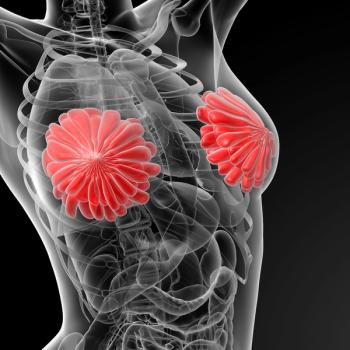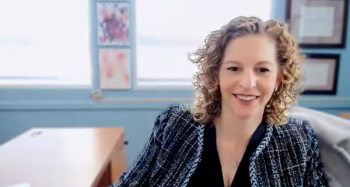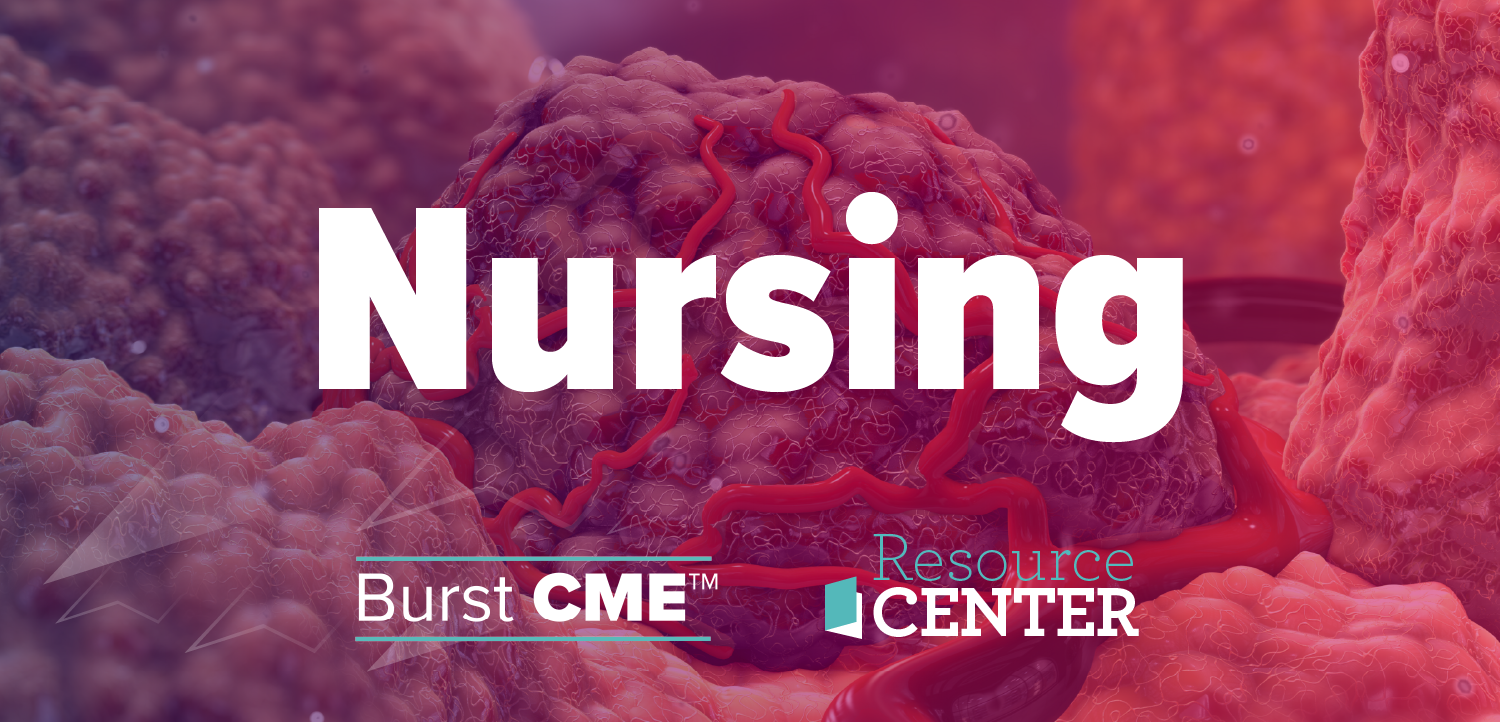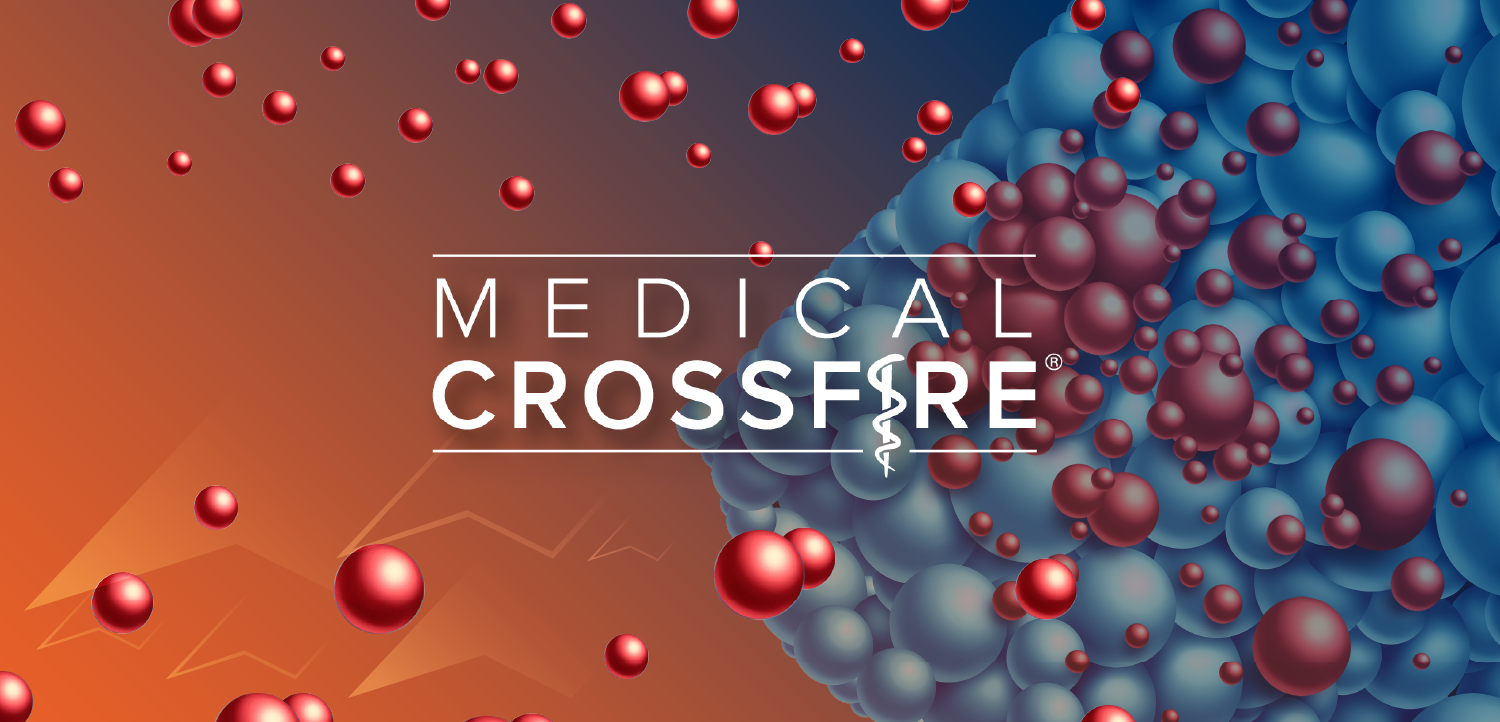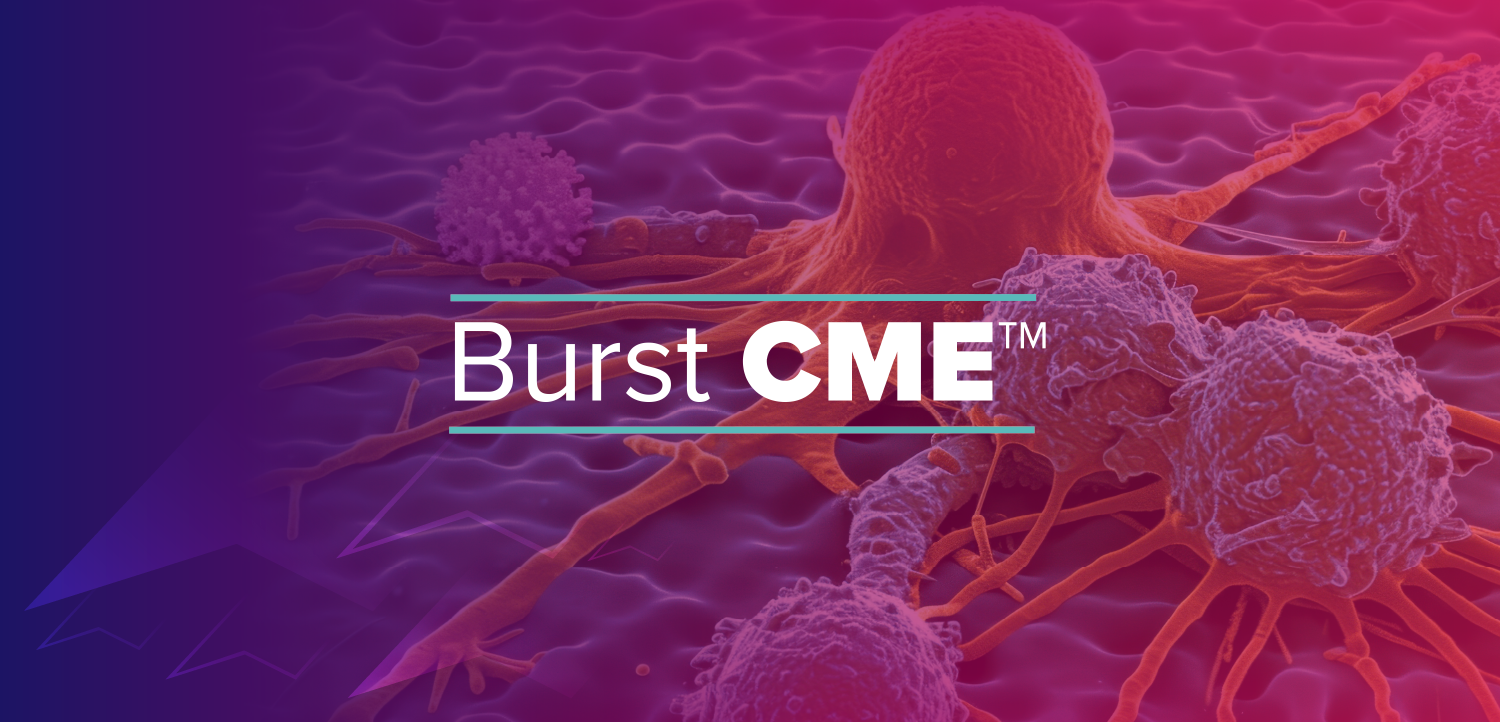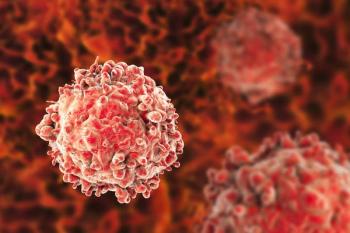
Seven Charts, Seven Lives
As I walked into my office last Monday I found my nurses giving me a peculiar look, one that I usually reserve for incidents like watching someone back into another’s car. The explanation for their solicitude was soon revealed by a stack of charts lying on my desk. During my weekend off, seven of our patients died.
As I walked into my office last Monday I found my nurses giving me a peculiar look, one that I usually reserve for incidents like watching someone back into another’s car. The explanation for their solicitude was soon revealed by a stack of charts lying on my desk. During my weekend off, seven of our patients died.
Through the years of practicing the art and science of cancer care I have developed affection for patient charts, these so-called cardboard biographies. Some lucky charts are as thick as dictionaries, others slight, but they all hold the same thoughtful story that begins with “Once upon a time” and ends in my waiting room. After meeting patients it is up to me to pick up their story and continue it in the chart, now chronicled from the singular perspective of living with cancer. My notes may describe both days of suffering and of triumph, but too often end abruptly like this-the loss of seven wonderful people, taken for no justifiable purpose, seven lives ended by a disease that like a fire has no ability to control its lust for devastation.
Holding a chart in our hands brings our patients closer to us. It is a physical reminder that someone is out beyond our view, depending upon us to do the right thing. Charts follow doctors around, nagging them to make their owners better.
I picked up the first chart and it seemed to be weighted with sorrow. Page by page I recalled the details of our time together as I thought about what I was going to say in a letter of condolence. Cruelly stamped “EXPIRED,” these charts to me now become the symbol of cruelty itself. They will now be placed to rest nearby in the mausoleum found in every doctor’s office known as the storage room. They pile up by the hundreds like stacks of corpses.
Years later however there may come a time when, for one reason or another, a faded box is opened and once again I see the familiar name before me. What memories will return, and what a compelling reminder of the dignity of the cancer patient is the chart. Charts of course also are a memento mori, a warning of how all human journeys, even those of oncologists, end the same.
Next year our practice transitions away from paper charts. Next year when my patients die there will be no tangible memorial of their courage or their glory. Their essence will disappear into the incinerator known as the electronic medical record, another example of the slow but steady dehumanization of medicine.
Newsletter
Stay up to date on recent advances in the multidisciplinary approach to cancer.



